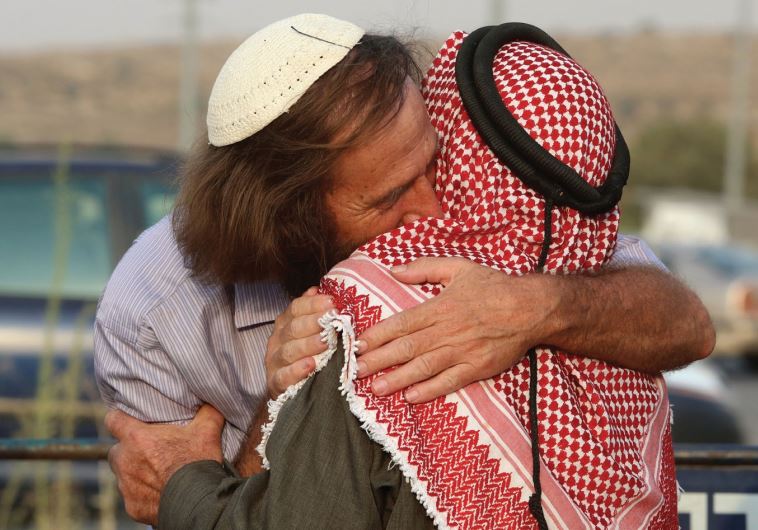Jews and Arabs hoped to fill a truck with aid for Gaza civilians, and ended up filling 300.
Jewish-Arab movement Standing Together set out to fill a truck with aid to be sent to Gazan civilians, but the group ended up filling over 300.
 A joint prayer session was held in Gush Etzion, after the Duma arson attack(photo credit: MARC ISRAEL SELLEM/THE JERUSALEM POST)
A joint prayer session was held in Gush Etzion, after the Duma arson attack(photo credit: MARC ISRAEL SELLEM/THE JERUSALEM POST)